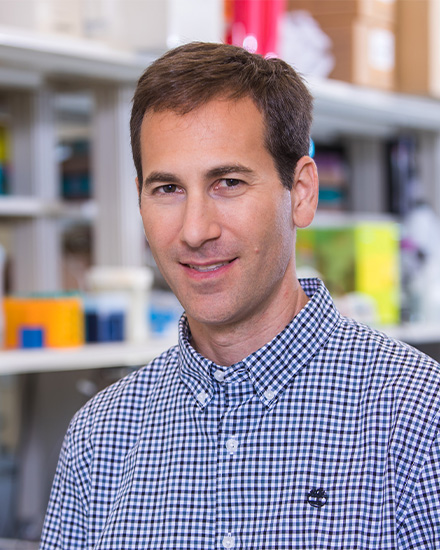
Roles
Professor and Director of Radiation Oncology Biology Division
Radiation Oncology Tumor Biology co-Leader
Associate Director for Faculty Development, SCCC
-
Biography
In 2021, I became a Professor of Radiation Oncology (with tenure) and Biology Division Chief at the University of Miami Miller School of Medicine (Miller School) Sylvester Comprehensive Cancer Center (Sylvester). As Division Chief, I oversee seven basic-science faculty and joint efforts to promote translational, multidisciplinary science. I am also the coordinator of radiobiology education in our residency program, a position I have filled for more than ten years. As a result of my efforts at Sylvester, I was appointed to serve as Co-Leader of the Tumor Biology Research Program at our now NCI-designated Cancer Center. My training in molecular biology, radiation oncology, and animal models of cancer has driven my research interests towards developing novel strategies to combat cancer. I completed my doctoral studies at the Molecular Biology Institute of UCLA, under the supervision of Chris Denny, MD. My work investigated the molecular mechanisms of the chimeric transcription factors associated with Ewing’s Sarcoma (EWS/ETS translocations). I developed novel technologies to integrate microarray-based transcriptional profiling with subtractive hybridization techniques that led to a highly cited publication (Nucleic Acids Research, 138 citations, elaborated below). My thesis work provided a foundation in the basics of tumor biology, animal tumor models, and gene expression networks. Subsequently, I joined the laboratory of Amato Giaccia, PhD, in the Department of Radiation Oncology at Stanford University for my post-doctoral studies. My primary focus while at Stanford was in understanding the how aspects of tissue microenvironments contribute to tumor development and evolution. I subsequently became an independent investigator in Radiation Oncology at Case Western Reserve University as an Assistant Professor, and eventually as an Associate Professor with tenure, where my projects expanded to make use of clinical trial samples in conjunction with our laboratory-based systems to more clearly define unique aspects of tumor cells that can be used for therapeutic interventions. In 2017, I then joined Sylvester at the Miller School to continue my research program. Together, my efforts support the overarching goals of identifying tumor determinants of therapeutic resistance, and devising strategies for sensitization. -
Education & Training
Education
Post Graduate Training
-
Honors & Awards
No result found
-
Research Interests
Dr. Welford's laboratory investigates mechanisms of radiation responses in cancer cells, the effect of hypoxia on cancer metabolism and signaling, and space radiobiology as it impacts radiation induced carcinogenesis. Dr. Welford's lab is interested in brain and renal cancer models, taking advantage of similarities in their poor responses to therapy and hypoxic phenotypes. His overall goal is to identify novel therapeutic pathways and targets. -
Publications
Disclaimer: The information presented in this section has been consolidated using AI and machine learning technologies. While every effort has been made to ensure accuracy, errors may occur. If you identify any inaccuracies, please use this link to inform our data team. Your feedback is greatly appreciated and helps us improve the quality of our content.
-
Professional Activities
No result found

